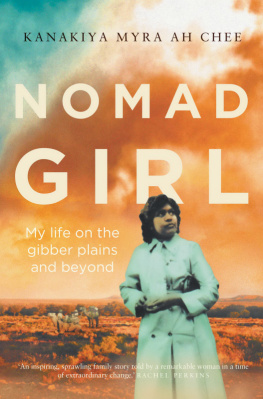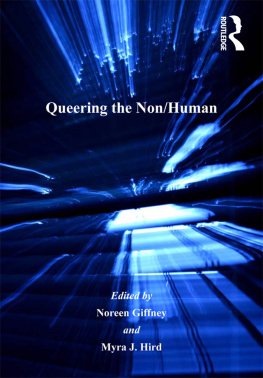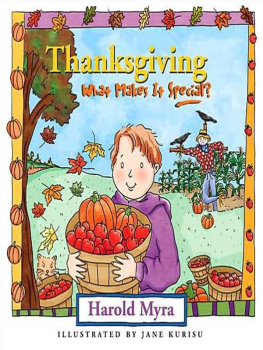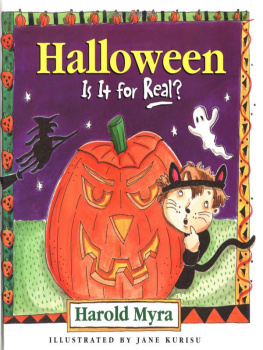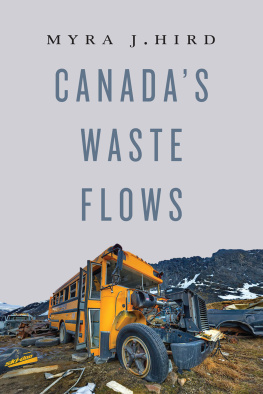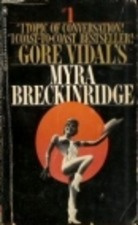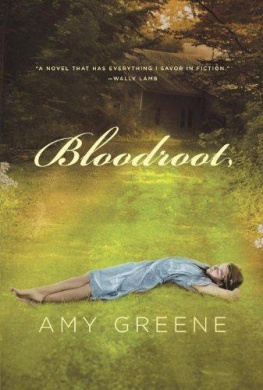Told through the powerful words of Kanakiya Myra Ah Chee, Nomad Girl is a moving story of strength and resilience. Recounted in meticulous detail, this story follows the life of a woman born on the Oodnadatta in remote South Australia, through her education on Country, to a Western class, to her life as a translator of various Western Desert languages and cofounder of the Institute for Aboriginal Development Interpreter Training program and a well-known artist. This is a story that the nation needs to read.
Associate Professor Jeanine Leane, The University of Melbourne, Wiradjuri writer, poet and academic
From the lively child travelling with her father and siblings along the Lhere Pirnte (Finke River), to the proud grandmother, artist and interpreter of today, the robust, engaging voice of Myra Ah Chee braids together the many strands of a wonderfully well-lived life. This is, more than anything, a story of family of a father caring for his motherless children, of older siblings caring for younger, of a web of relationships that nurture and protect and mitigate the impacts of racism and inequity. It is also the story of how family is woven into Country, and different ethnicities are subsumed into an all-embracing Aboriginal identity.
Its a book for our times, and an important addition to the growing literature of Indigenous storytelling.
Kim Mahood, writer and artist
This is a good book for anyone who wants to gain an understanding of what it was like growing up as an Aboriginal girl and woman in the 1930s until the present day. Myra shares her journey and reflections at a time when Aboriginal people were not even considered citizens in this country. She recalls family life and the important role family played in her learning the culture, language and traditions of her people. The book explores her life, and the reader can share her happy times, times of sadness and how much things have changed from then to now. My story is very similar to that of Myra, living off the land, working on stations, experiencing the beauty of the First Nations culture and living with the devastating effects of colonialism on our people.
Veronica Dobson AM, teacher, linguist and researcher
For my family,
especially my son Paul Ah Chee,
his wife Donna, and their children
Roland, Jessica and Bree
NOMAD
GIRL
My life on the gibber plains and beyond
KANAKIYA MYRA AH CHEE
as told to Linda Rive

First published in 2021
by Aboriginal Studies Press
Kanakiya Myra Ah Chee 2021
All rights reserved. No part of this book may be reproduced or transmitted in any form or by any means, electronic or mechanical, including photocopying, recording or by any information storage and retrieval system, without prior permission in writing from the publisher. The Australian Copyright Act 1968 (the Act) allows a maximum of one chapter or 10 per cent of this book, whichever is the greater, to be photocopied by any educational institution for its education purposes provided that the educational institution (or body that administers it) has given a remuneration notice to Copyright Agency Limited (CAL) under the Act.
The opinions expressed in this book are the authors own and do not necessarily reflect the view of the Australian Institute of Aboriginal and Torres Strait Islander Studies (AIATSIS) or Aboriginal Studies Press.
Please note that there are some terms in this book, such as half-caste and Aborigine, that have been kept in the book as they were standard language, descriptors or are direct quotes. These words are not endorsed by the author or Aboriginal Studies Press.
Aboriginal and Torres Strait Islander people are respectfully advised that this publication contains names and images of deceased persons and culturally sensitive information.
Aboriginal Studies Press is the publishing arm of the Australian Institute of Aboriginal and Torres Strait Islander Studies.
GPO Box 553, Canberra, ACT 2601
Phone: (61 2) 6246 1183
Fax: (61 2) 6261 4288
Email:
Web: aiatsis.gov.au/asp

ISBN (pb) 978-1-922059-83-3
(epub) 978-1-922059-84-0
(epdf) 978-1-922102-79-9
AI in photo credits means that the photo is in the Ara Irititja Archive
Front cover photos: Myra aged nineteen at Morialta Falls in the Adelaide Hills, c. 1951. (AI-0110234, Myra Ah Chee collection); gibber country in the Oodnadatta region (Photo: Jocelyn McConnell, AI-0109967, Jocelyn McConnell Collection); small image of Myras father Dick Taylor and his second wife Maggie and their son Robert with camels at Titjikala, 1957 (AI-0110358, Myra Ah Chee Collection).
Back cover photos: Photo of Myra taken for her 21st birthday, 1953 (AI-0110390); and Fred Ah Chee with his Indian motorbike and sidecar with friend George Tongerie riding pillion and his wife Maude in sidecar with son Peter, early 1950s (AI-0174119) (both Myra Ah Chee collection).
Cover design by Josh Durham at Design by Committee
Title page image: Diatoms in deep water, under the night sky with moon and planets, Myra Ah Chee, 2014, Ngurratju t a Iltja Ntjarra Many Hands Art Centre (AI-0176768 Myra Ah Chee collection)
Edited by Kieran Finnane
Text design and typesetting by Peter Long
Map by Brenda Thornley
Printed in Australia by Ligare Pty Ltd, Sydney
CONTENTS
LIST OF ILLUSTRATIONS
(AI numbers are archive numbers in the Ara Irititja Archive)
Photo section 1
Photo section 2
PROLOGUE
When I was a little girl, we would all sit down and tell stories in a particular style known as manimani, rather like a fairy tale. Wed put leaves down to represent people, and wed get the family groups all arranged. It was such fun. If there was an argument, two leaves would be fighting. Wed be whacking them with the manimani, while telling the story in the manimani speech style: My story is better than yours!
Manimani is an important site in my mothers mothers country and in Luritja Ma t utjara, my first language, it means quite literally, storytelling, using a manimani stick. The twig or stick makes a nice sound when it is tapped on the ground, and stories are told while the stick is rhythmically tapped.
I grew up playing manimani, telling stories all the time.
This story is about my life, my memories and my family. We are Aboriginal people. We are bush people. We come from a big and powerful land. A land of stones and big rivers, wide plains, gibber deserts, rocky hillsides and ridges. Our ancestors lived well in this abundant land. They were strong people. They handed the ancient cultural Law down to us. Tjukur. We still hold onto our cultural and ancestral Tjukur today, because Tjukur is embedded in the land, running everywhere throughout it, giving the land life and keeping us strong.
I love the Northern Territory and South Australian country with its big, rocky landscape and soft creeks and watercourses. I love the rough gibber stone plains. This land where I was born, and still live, shines with beauty, colour and light. It inspires me and gives me a real feeling of my heritage and a sense of belonging. The land claims me. The land is in my heart and soul.
It is also rich with recent history. Our family has been at the forefront of first contact with the new settlers who moved onto our land, for our rivers, waterholes and for the resources that are so desirable to the pastoral industry.
Our family did not record much of our history before, so I have put this together now, stories from my own memory and experiences and from what others have told me, to hand them down to my grandchildren so they can know something of their heritage.
Next page
